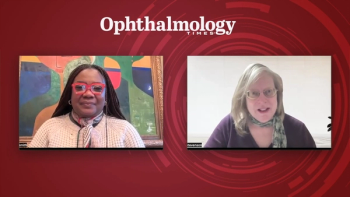
Ophthalmologists with AAO's new tools can avoid wrong-site surgery
Two new tools are being offered by the American Academy of Ophthalmology to help members avoid wrong site or wrong IOL errors.
San Francisco-Two new tools are being offered by the American Academy of Ophthalmology (AAO) to help members avoid wrong site or wrong IOL errors. Included with the tools is a new protocol with a simple checklist to follow prior to and on the day of surgery as well as a new continuing medical education (CME) course.
"Using a consistent preoperative and operative protocol can help reduce preventable surgical errors," said H. Dunbar Hoskins Jr., MD, executive vice president of the academy. "While wrong site and wrong IOL errors are extremely uncommon, we wanted to take good practices and make them even better."
The Wrong Site/Wrong IOL Task Force, which was established by the AAO with assistance from the American Board of Ophthalmology (ABO) and the Ophthalmic Mutual Insurance Co., developed the new protocol.
The CME activity, which is part of the AAO’s new Performance Improvement program on the O.N.E. Network, include activities that outline the processes, measures, practice assessments, and performance evaluations that should be made and how to apply them to their practices.
Laminated copies of the checklist have been mailed to the academy's membership in the United States. Additional copies can be downloaded at the academy Web site
Newsletter
Don’t miss out—get Ophthalmology Times updates on the latest clinical advancements and expert interviews, straight to your inbox.





